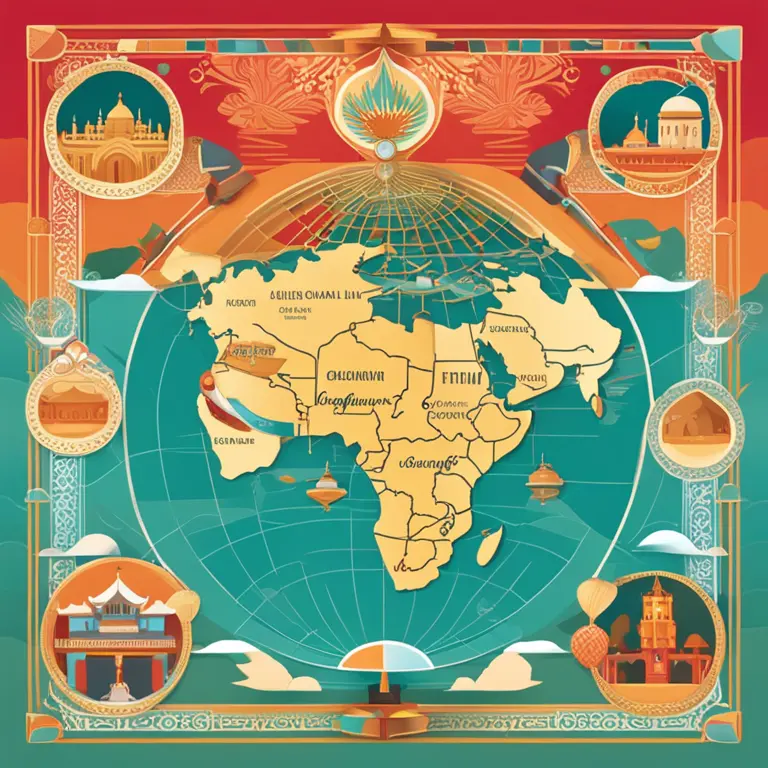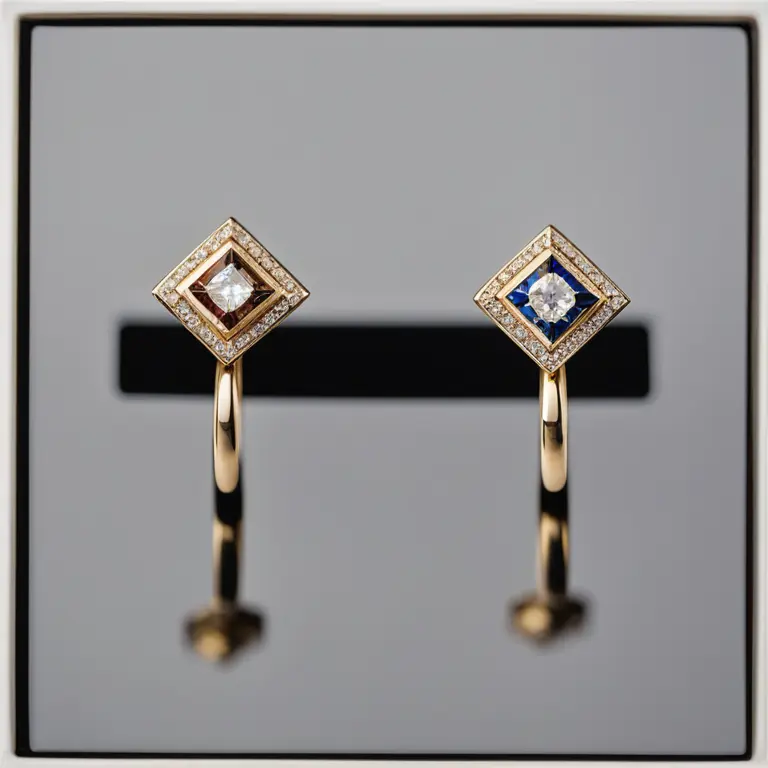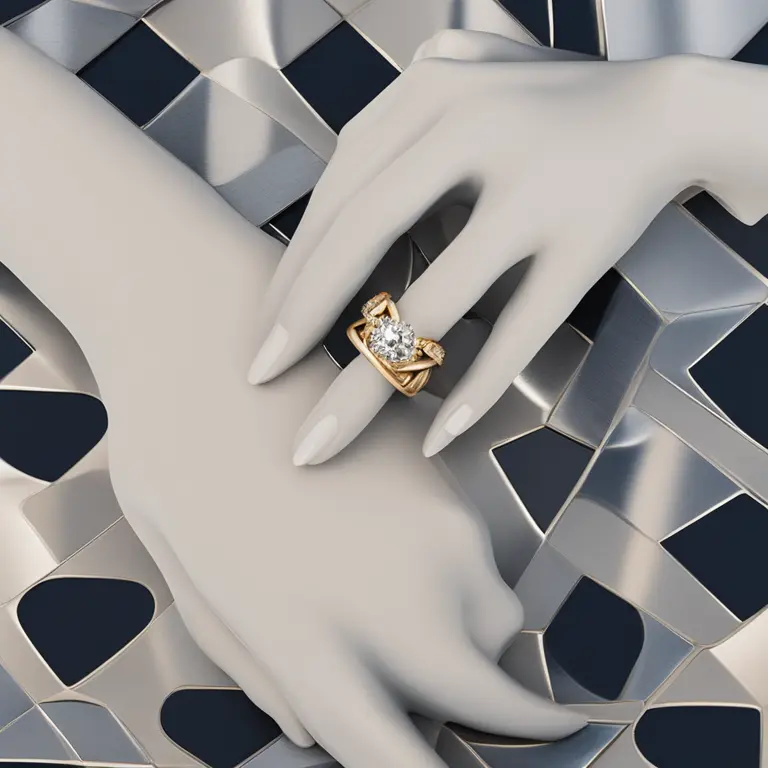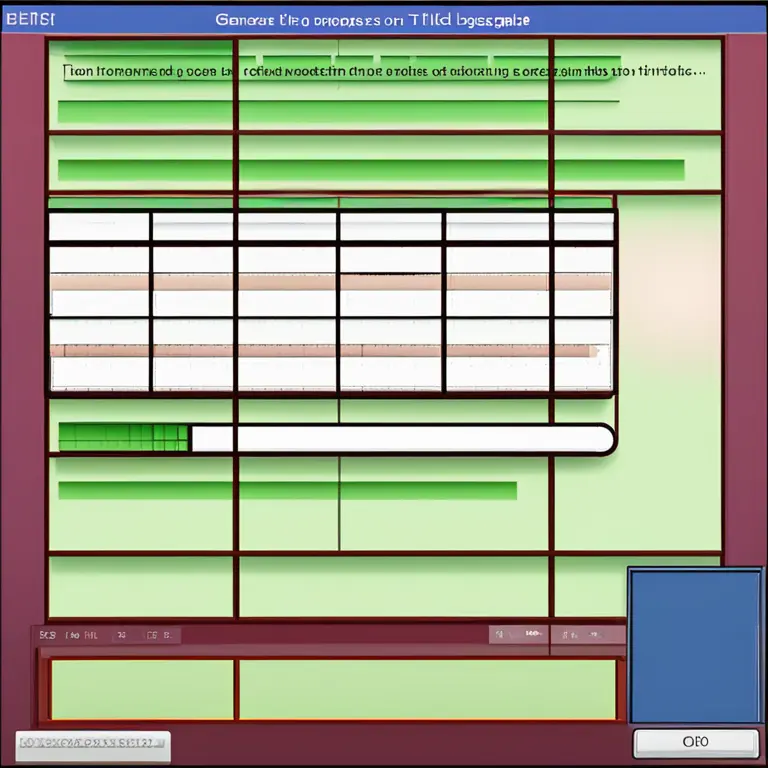
The Right Hand and Finger for Engagement Rings
Explore the traditional and contemporary practices of wearing engagement rings on specific hands and fingers.
article by Nora Pennington
Engagement Ring Traditions: A Global Perspective
Engagement rings have long signified the promise of marriage, and their placement is steeped in cultural significance. Traditionally in many Western cultures, the ring is worn on the fourth finger of the left hand. This custom can be traced back to the ancient Romans, who believed that the "vena amoris" or "vein of love" ran directly from this finger to the heart. Although modern anatomy disproves this charming idea, the symbolism persists in many countries. Across different cultures, the preferred hand and finger can vary, reflecting a rich tapestry of beliefs and practices. Whether you adhere strictly to tradition or embrace a more contemporary approach, the hand and finger you choose for your engagement ring can express your personal style and cultural identity.

Contemporary Choices in Western Societies
In many Western societies today, the tradition of wearing the engagement ring on the left hand remains predominant. However, there is a growing trend towards individuality and personal preference guiding this choice. Some people, particularly those who are left-handed, may opt to wear the ring on their right hand to prevent it from getting in the way during daily tasks. Furthermore, in countries like Germany, Russia, and India, it is common to wear the engagement ring on the right hand. The significance of the right hand in these cultures often relates to the notions of trust and reliability. As societal norms evolve, the decision of where to wear the engagement ring becomes a personal statement.

Choosing the Right Finger
While the traditional choice for the engagement ring is the fourth finger, there's room for creativity. Some modern couples choose to wear their engagement rings on different fingers to fit their unique narratives or to signify different aspects of their relationship. There are also practical considerations, such as the ring's fit on a particular finger, or the impact of professions that require manual labor. Thus, the practicalities of daily life can influence this intimate decision. Whatever the chosen finger may be, what remains most important is the love and commitment the ring symbolizes.

Variations Based on Local Customs
Local customs can significantly influence which hand and finger bears the engagement ring. In some Eastern and South American cultures, the engagement ring initially occupies the right hand and then transitions to the left upon marriage. This switch represents the couple's move from engagement to a committed married life. In Jewish tradition, during the wedding ceremony, the ring is placed on the index finger of the right hand, symbolizing its prominent role in the vows. Post-ceremony, many brides move the ring to their left hand, merging cultural heritage with common Western practice. Thus, an understanding of local customs enriches the engagement ring ritual, making it deeply personal and meaningful.

Non-Traditional Expressions and Inclusivity
Today's couples are often in search of non-traditional ways to express their commitment, leading to a variety of engagement ring placements. Same-sex couples and those with gender-fluid identities might choose finger placements that resonate more with their personal story rather than strictly following established norms. The rise of gender-neutral jewelry design further supports this inclusivity, ensuring everyone finds a ring that suits their hand, finger, and identity comfortably. In these changing times, the message is clear: There is no wrong way to wear an engagement ring, as long as it reflects the wearer's true self.
Published: 1/11/2024
Modified: 1/12/2024
More predictions
Come back here soon to learn more about yourself and your future


The Possibility of Palmistry in Cancer Detection
Examining the claims that palmistry holds any potential in identifying the risk of cancer: a deep dive into the world of mysticism and medicine.


Can Palmistry Foresee One’s Demise?
Delve into the contentious debate about whether palmistry can predict the end of life and the ethical considerations of such a claim.


The Essence of Palmistry: Interpreting Lines and Shapes
Delve into the world of palmistry to discover the meanings behind the lines and shapes etched into the palms of your hands.